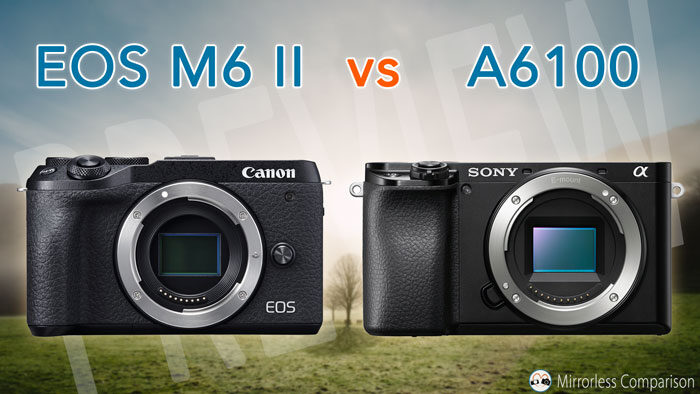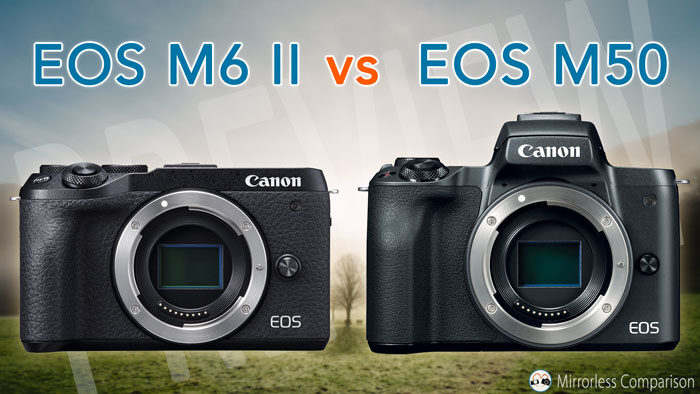The Sony A6600 is the latest addition to the E-mount APS-C range, and also the most advanced APS-C camera to date from the brand. There are some interesting changes to the design and usability, but if we compare it to one of the most popular high-end mirrorless cameras, the Fujifilm X-T3, we can immediately see that it is up against some stiff competition! Let’s take a look at how they compare.
Preview
Canon EOS M6 II vs Sony a6100 – The 10 main differences
The Canon EOS M6 II and Sony a6100 were released on the same date in 2019. Both target an enthusiast audience with their APS-C sized sensors, phase detection AF systems, 4K video capabilities, and fast burst speeds.
Despite having a number of characteristics in common, there is also an equal number of ways in which these two models differ. Let’s take a look at them now!
Sony A6600 vs A7 III – The 10 Main Differences
The A6600 is the most advanced APS-C camera in the E-mount series, and although it doesn’t necessarily have all the characteristics of a true flagship, it certainly deserves the title of “high-end model” in the line-up.
The A7 III is not at the top of the class in the A7 series, but it is by far the most popular. If you’re torn between a full frame or APS-C body, you’ll likely come across these two products. Here is how they compare!
Sony A6500 vs A6600 – The 10 main differences
The A6500 was announced in October 2016 and was the first APS-C camera in the E-mount range to feature 5-axis stabilisation. That, coupled with its impressive buffer capabilities, was enough to promote it to flagship status within Sony’s APS-C range.
Almost three years later we meet the A6600, the A6500’s natural successor. It retains most of the characteristics of its predecessor but brings the latest software tweaks in addition to real life shooting improvements such as the grip and battery life.
Canon EOS M6 II vs M50 – The 10 main differences
Just over a year ago, Canon released the EOS M50. Many people in the industry considered it something of an oddity because, despite offering numerous advanced features not found on the flagship M5, it was categorised as a mid-range model.
Today the true successor to the M5 was announced – the EOS M6 II – so it feels appropriate to ask the question: just how much better is this new model compared to the M50? Let’s find out!





